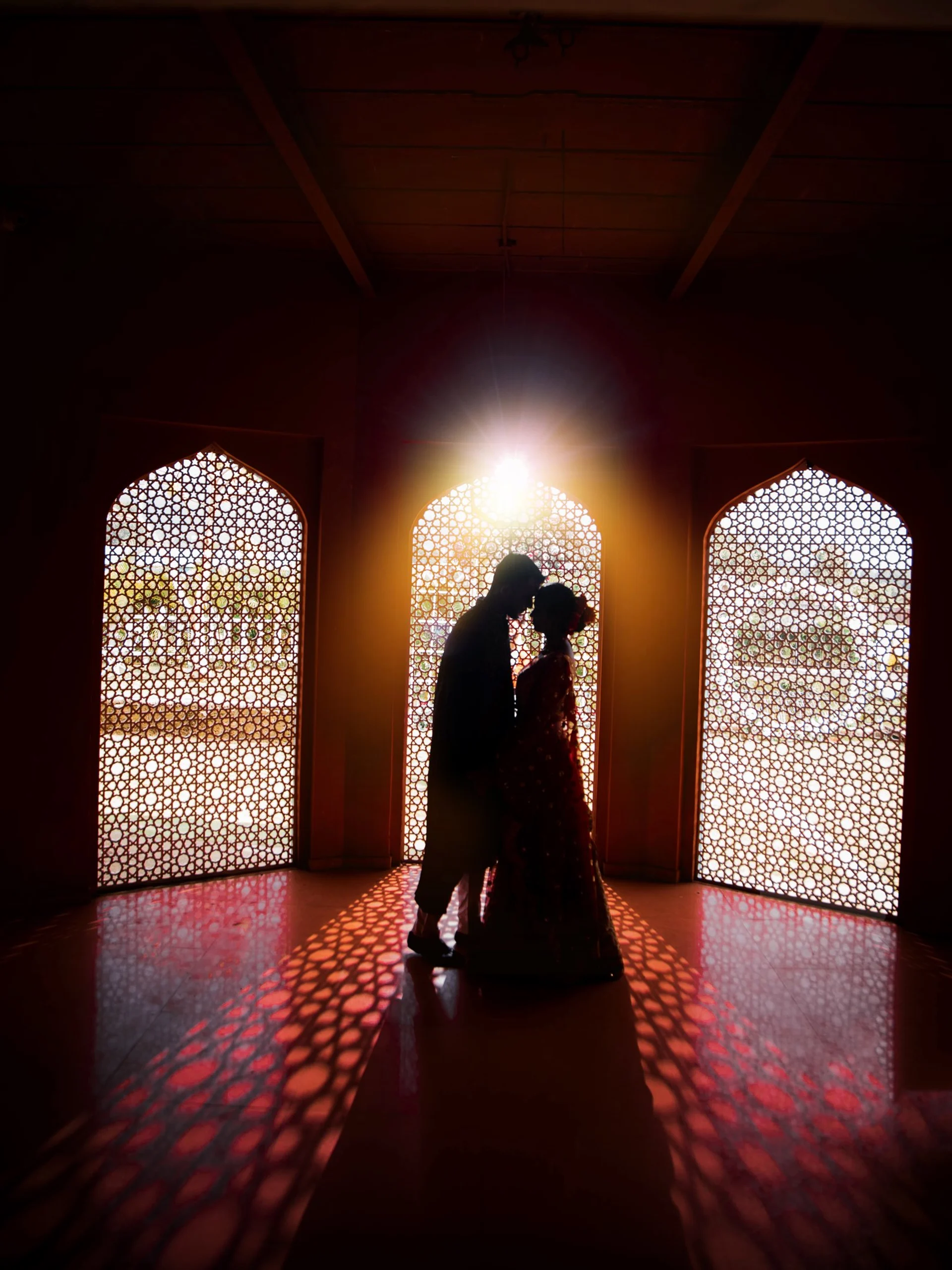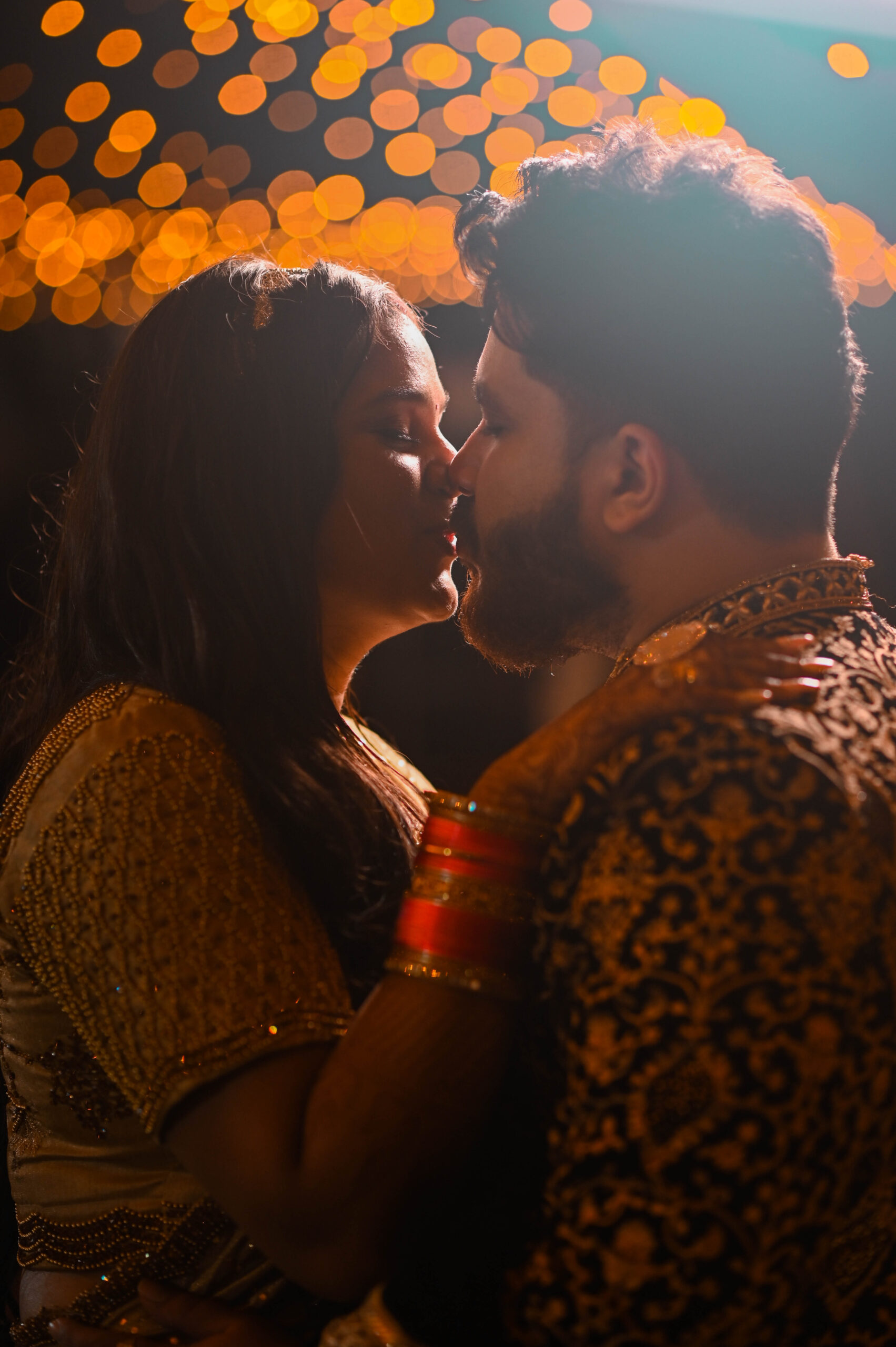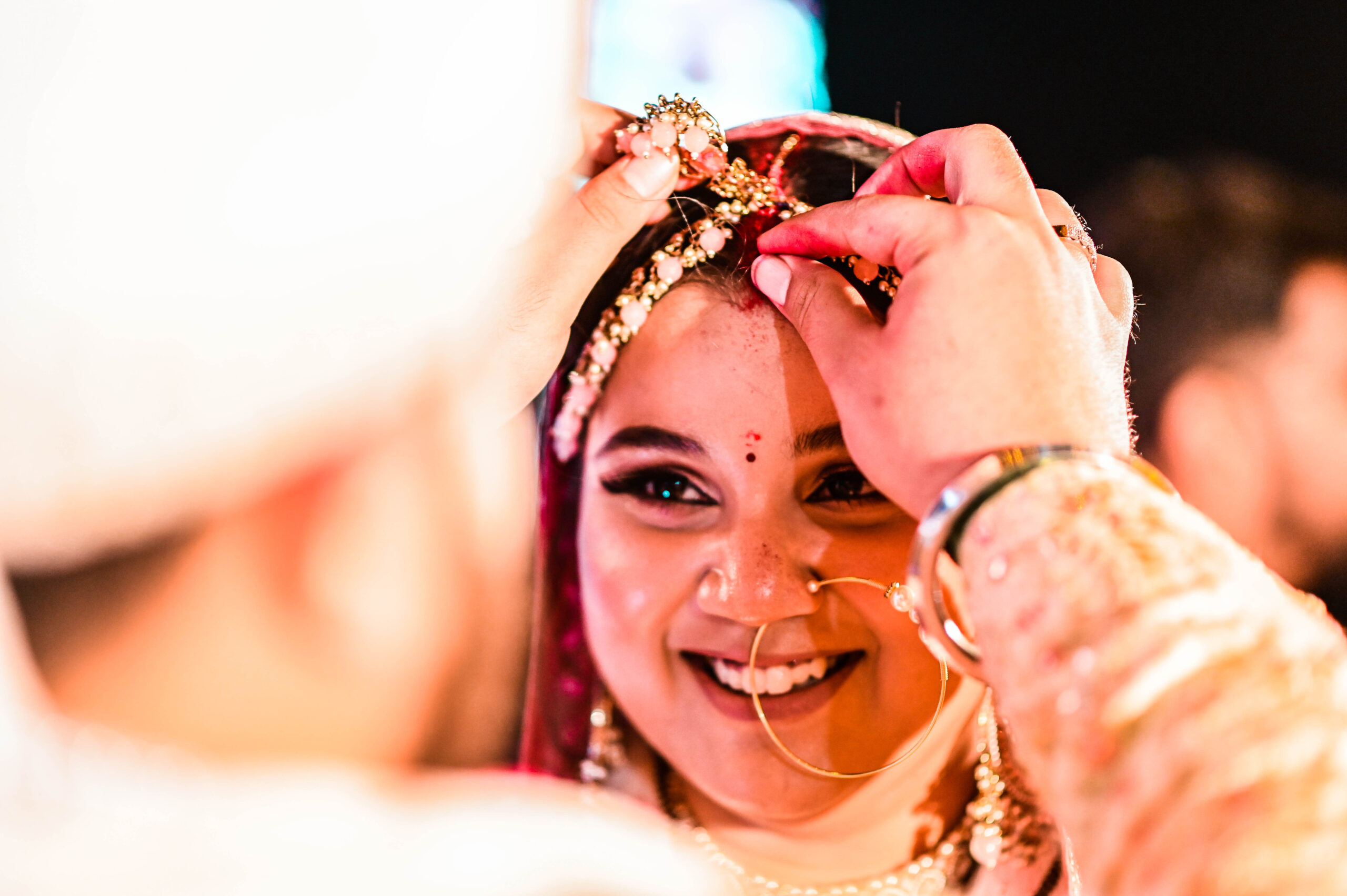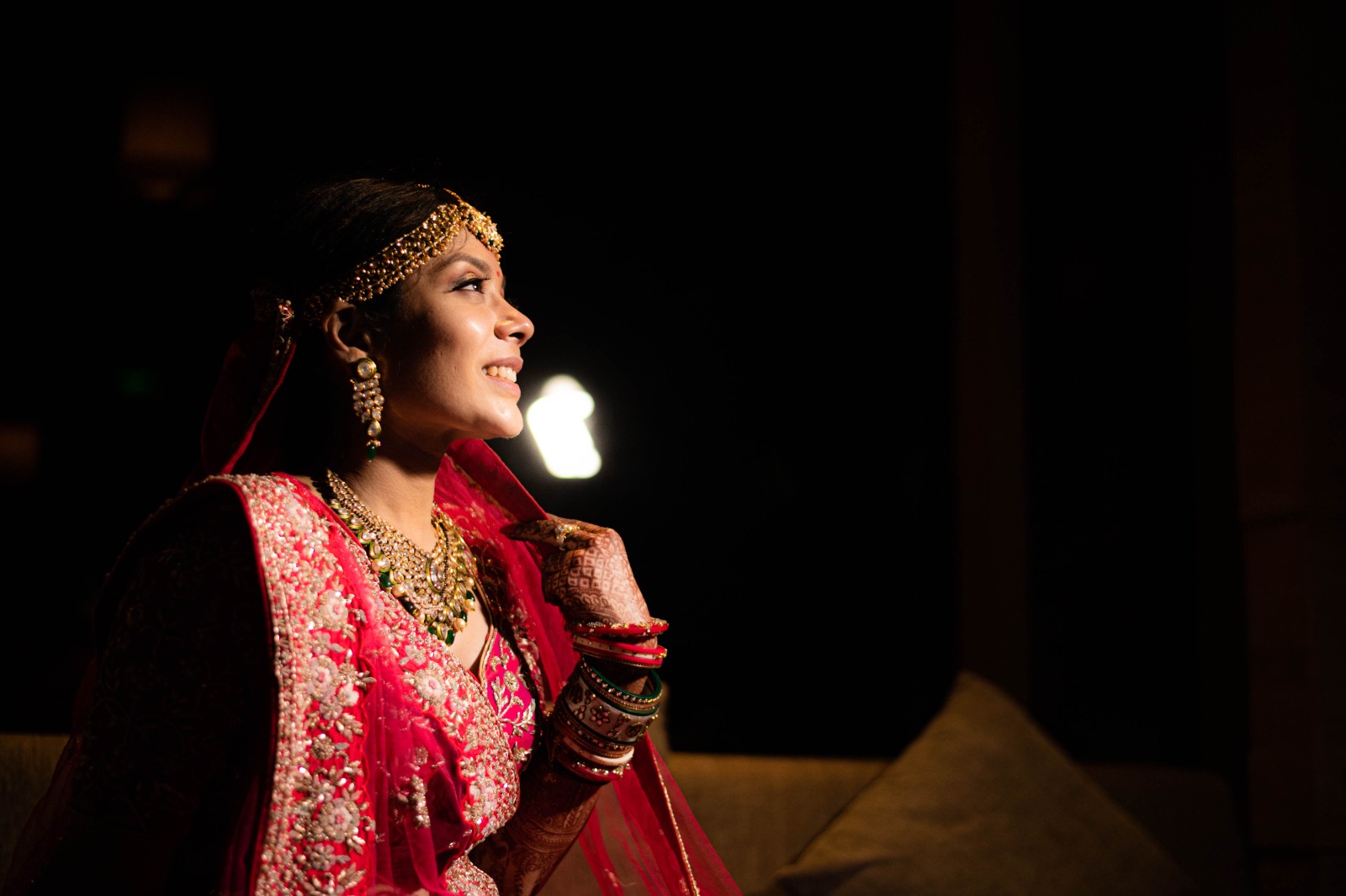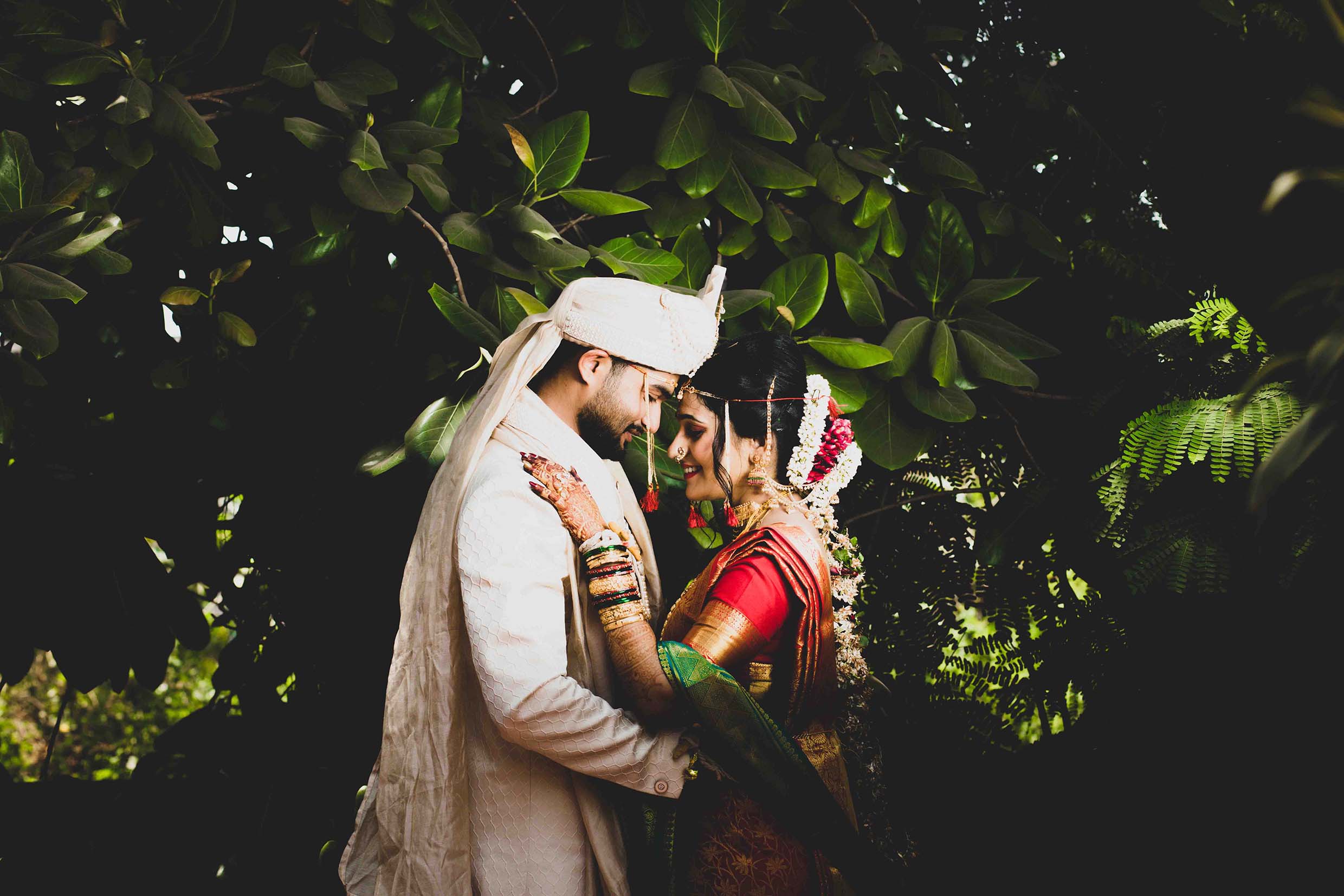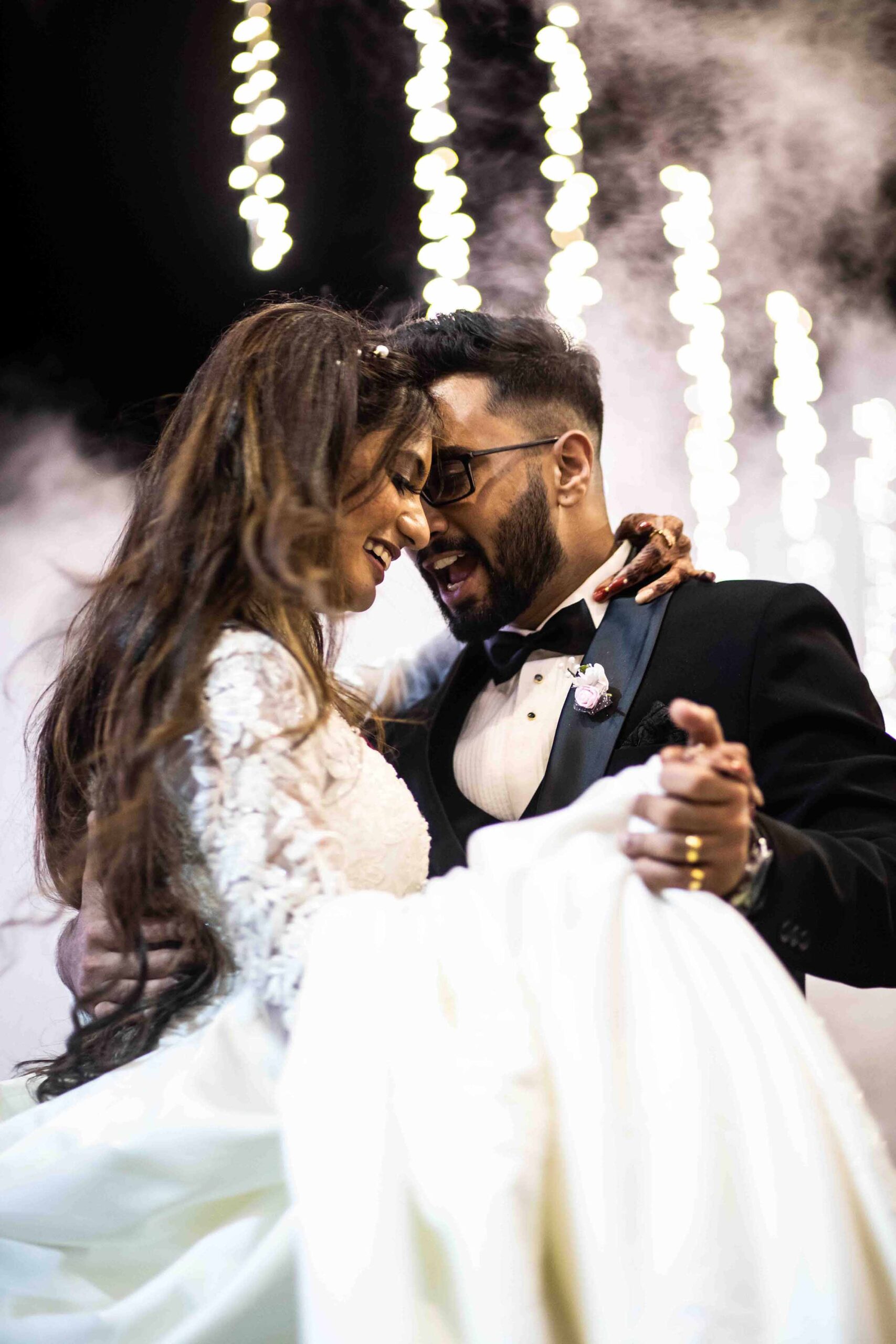Introduction: The Importance of wedding photography
wedding photography is more than just taking pictures; it’s about preserving memories that will last a lifetime. The choice of wedding photography and the style of wedding photography can make or break how you remember one of the most important days of your life. The title of your wedding photography might seem like a simple decision, but it has a deeper significance as it helps to capture the essence of the event.
In this article, we will explore some of the most popular wedding photography titles, the different styles associated with them, and how to choose the perfect wedding photography for your wedding day.
1. Classic or Traditional wedding photography The Timeless Appeal of Classic Photography
Classic or traditional wedding photography is often the go-to choice for couples who want to preserve their wedding day memories in a timeless, elegant manner. This style typically involves posed portraits and formal group shots, often taken with a controlled setup. wedding photography The photographer directs the couple and guests to create well-composed images that will stand the test of time.
- Popular Poses: Couples facing each other, family portraits, close-ups of wedding rings, and iconic moments like the first kiss and cutting the cake.
- Emphasis on Lighting and Composition: The wedding photography focuses on balanced lighting, perfect angles, and clear, sharp imagery.
- Why it Works: This style is beloved because of its predictable outcomes and its ability to create beautiful, clear, and meaningful photographs that families cherish for generations.
2. Documentary or Photojournalistic wedding photography Capturing Candid Moments of Emotion
Unlike traditional wedding photography, documentary or photojournalistic wedding photography aims to capture the raw, unposed moments throughout the wedding day. This approach emphasizes spontaneity and emotion rather than perfectly planned shots.
- Style Characteristics: The wedding photography remains mostly in the background, observing the unfolding events and snapping candid moments. They focus on real emotions—laughter, tears, joy, and surprise—without interference.
- Why Couples Love it: Couples who prefer documentary wedding photography love the idea of reliving their wedding day through natural, authentic moments. These photos tell the story of the day as it happened, not just a curated set of posed images.
- Challenges for Photographers: The wedding photography must have exceptional timing and instincts to capture moments as they unfold. Lighting conditions, especially indoors, can be tricky for candid shots.
3. Fine Art wedding photography Artistic, Dreamy, and Editorial Shots
Fine art wedding photography takes a creative and artistic approach to wedding imagery. This style involves capturing moments with a heightened sense of beauty, often employing soft lighting, unique compositions, and artistic editing.
- Aesthetic Features: Soft focus, elegant framing, and a cinematic approach to storytelling. Photographers may use natural light or adjust the environment for a dreamlike quality.
- Post-Processing: After the wedding, fine art wedding photography may spend more time editing images to achieve a particular aesthetic, such as light pastels, soft shadows, and enhanced textures.
- Why It’s Popular: This style appeals to couples who want their wedding photos to feel more like a work of art. It’s perfect for those looking for something beyond traditional posed portraits and a little more creative flair.

4. Modern or Contemporary wedding photography Up-to-Date, Trendy, and Fashion-Forward
Modern wedding photography is known for its clean, fresh look and contemporary style. It combines aspects of photojournalism with fashion-inspired portraiture, and it often embraces current wedding photography trends.
- Trendy Elements: Bold compositions, dynamic angles, natural lighting, and an emphasis on creative shots like reflection, silhouettes, and close-up details.
- Collaborative Style: Modern wedding photography may collaborate more with couples to understand their vision for their wedding photos, ensuring a modern twist on timeless traditions.
- Appeal: This style is often chosen by younger couples who want their wedding photos to feel current and aligned with fashion-forward aesthetics. wedding photography It’s also great for those who want to incorporate unique backgrounds or settings, such as cityscapes, outdoor locations, or architectural elements.
5. Destination wedding photography Capturing Weddings Around the World
For couples who choose to marry in an exotic or remote location, destination wedding photography is the way to go. wedding photography These photographers specialize in capturing weddings in scenic and culturally rich locations, wedding photography whether on a beach, in a vineyard, or in a foreign country.
- Key Elements: The wedding photography must understand how to blend the stunning natural surroundings with the intimate moments of the wedding day. They also need to be adept at dealing with challenging travel logistics and varying lighting conditions.
- Why it’s Popular: Destination wedding photography weddings are often unique and intimate, and couples want to preserve the beauty of the location in their wedding photos. Destination wedding photographers are usually experts in capturing both the locale and the wedding itself.
6. Vintage or Retro wedding photography Throwback Styles with a Nostalgic Feel
Vintage wedding photography involves emulating the look and feel of past eras, whether it’s the 1920s, 1950s, or even earlier. This style often uses black-and-white images or sepia tones to create a sense of nostalgia.
- Old-Fashioned Camera Techniques: Some photographers use vintage film cameras or post-processing techniques to mimic the grain, softness, and unique textures of old-school wedding photography.
- Why It Works: Couples who love retro aesthetics, or who are having a themed wedding, gravitate toward vintage wedding photography because it brings a sense of nostalgia and elegance to their images.
7. Editorial wedding photography Fashion-Focused and Magazine-Ready
Editorial wedding photography draws inspiration from high-fashion magazines, focusing on dramatic poses, staged moments, and model-like styling. The wedding photography may work closely with the couple, their planner, and even stylists to create magazine-worthy images.
- What Sets It Apart: Stylized shots, creative lighting, and close attention to detail. wedding photography The wedding gown, floral arrangements, and other details are showcased in a way that highlights their beauty, often using artistic composition.
- Why It’s Popular: Couples who have a fashion-forward mindset or who want to showcase the finer details of their wedding day in a luxurious way are drawn to editorial wedding photography. It’s perfect for creating photos that look like they belong in the pages of a magazine.
8. Black-and-White wedding photography Timeless and Sophisticated
While many wedding photography now shoot in color, black-and-white wedding photography is a classic option that continues to be popular for weddings. wedding photography This style brings out contrasts, textures, and emotions in a way that color photography sometimes cannot.
- Focus on Emotions: Black-and-white wedding photography allows the viewer to focus more on expressions, gestures, and intimate moments rather than the distraction of color.
- Why It’s Timeless: Black-and-white images evoke a sense of timelessness, giving the photos a classic and sophisticated appeal that will never go out of style. wedding photography It’s ideal for couples who want their wedding images to feel like they could have been taken in any era.
Choosing the Right wedding photography for Your Big Day
After deciding on the style of wedding photography you want, choosing the right photographer is paramount. wedding photography A professional photographer will work closely with you to ensure that your expectations are met and that they understand the nuances of the style you desire.
- Portfolio Review: wedding photography Always take the time to review the photographer’s portfolio to ensure their style aligns with what you envision.
- Communication and Chemistry: It’s crucial to feel comfortable with your photographer. A good connection will help the photographer capture natural, candid moments and ease any anxiety you might feel in front of the camera.
- Logistics and Budget: wedding photography Consider the photographer’s availability, travel policies (for destination weddings), and pricing structure. Make sure it fits within your wedding budget.

The Role of Love in wedding photography
Love is at the core of wedding photography. It’s what makes each wedding unique, and it’s what the photographer aims to capture in every frame. wedding photography Whether it’s a quiet, intimate moment between the couple or the joyous celebration with family and friends, love is present in every image.
The wedding photography role is not only to take pictures but to understand the couple’s connection and story. A great wedding photographer will be able to sense the energy between the couple and translate it into their photographs. wedding photography This requires more than technical skill—it requires an understanding of human emotion, intimacy, and the fleeting moments that make a wedding day so special.
wedding photography Moreover, the photographer must create a comfortable and supportive environment where the couple feels free to express their love and joy. wedding photography The photographer becomes a silent observer of these powerful moments, ensuring that nothing is missed and every emotion is preserved.
Techniques for Capturing Love and Emotion wedding photography
wedding photography To capture these emotional moments effectively, wedding photography use various techniques that help highlight the feeling and connection between the couple.
a. Focus on Expressions wedding photography
Expressions are the windows to emotions. wedding photography A photographer should focus on capturing facial expressions—smiles, tears, laughter, and looks of love. It’s these micro-expressions that convey the depth of emotion and connection.
b. Use of Light wedding photography
Lighting plays a critical role in setting the tone of the photo. Soft, natural light can evoke warmth and intimacy, while dramatic lighting can add depth and emotion. wedding photography A skilled photographer knows how to use light to highlight the emotional essence of the moment.
c. Composition wedding photography
The way the wedding photography frames a shot can emphasize the emotion. For example, a close-up shot of the couple holding hands or a wide shot of the couple surrounded by their loved ones can capture the feelings of love and togetherness. wedding photography Using the right composition can draw the viewer’s attention to the emotional focal point of the image.
d. Timing wedding photography
Timing is key in wedding photography. Capturing the perfect moment often requires the photographer to be quick and perceptive. wedding photography Whether it’s the blink of an eye, a heartfelt kiss, or a fleeting smile, the photographer must be ready to capture the emotion as it happens.
Techniques for Capturing Love and Emotion wedding photography
To capture these emotional moments effectively, wedding photography use various techniques that help highlight the feeling and connection between the couple.
a. Focus on Expressions wedding photography
Expressions are the windows to emotions. A photographer should focus on capturing facial expressions—smiles, tears, laughter, and looks of love. It’s these micro-expressions that convey the depth of emotion and connection.
b. Use of Light wedding photography
Lighting plays a critical role in setting the tone of the photo. wedding photography Soft, natural light can evoke warmth and intimacy, while dramatic lighting can add depth and emotion. wedding photography A skilled photographer knows how to use light to highlight the emotional essence of the moment.
c. Composition wedding photography
The way the wedding photography frames a shot can emphasize the emotion. For example, a close-up shot of the couple holding hands or a wide shot of the couple surrounded by their loved ones can capture the feelings of love and togetherness. wedding photography Using the right composition can draw the viewer’s attention to the emotional focal point of the image.
d. Timing wedding photography
Timing is key in wedding photography. Capturing the perfect moment often requires the photographer to be quick and perceptive. wedding photography Whether it’s the blink of an eye, a heartfelt kiss, or a fleeting smile, the photographer must be ready to capture the emotion as it happens.

History of wedding photography
The practice of capturing weddings in photography dates back to the 19th century. Before the invention of wedding photography, weddings were remembered through painted portraits or written accounts. Early wedding photographs were often quite formal and posed, due to the limitations of photographic technology at the time. wedding photography The first wedding photography were taken using daguerreotype or tintype techniques, which required long exposure times and heavy equipment.
In the early years of wedding photography, the expense and complexity of having a wedding captured on film meant that it was mostly reserved for the wealthy. However, as photography technology advanced, it became more accessible to the middle class, and by the 20th century, wedding photography had become a common practice.
In the 1980s and 1990s, the digital revolution transformed the wedding photography industry. With the advent of digital cameras, wedding photographers no longer had to worry about developing film or the costs associated with film wedding photography. This led to greater creative freedom and the ability to take an unlimited number of shots, ensuring that no moment was missed. Digital photography also made it easier to edit photos, giving photographers more control over the final product.
Today, wedding photography encompasses a wide variety of styles, including traditional, photojournalistic, fine art, and contemporary approaches, allowing couples to choose a photographer whose style matches their vision for the day.
The Role of a wedding photography
A wedding photography role is not limited to simply taking photographs. It involves a deep understanding of the couple’s vision for their wedding day and the ability to capture that vision through the lens. Here are the key aspects of a wedding photographer’s responsibilities:
- Planning and Consultation: wedding photography
Before the wedding day, the photographer will typically meet with the couple to discuss their preferences, specific moments they want to capture, and any special requests. This meeting allows the photographer to understand the couple’s style, the timeline of the wedding, and any logistical challenges they might face. - Pre-Wedding Shoot (Optional): wedding photography
Some couples opt for an engagement session or a pre-wedding shoot. This gives the couple a chance to get comfortable in front of the camera and allows the photographer to get a better sense of their dynamic and comfort levels. - Capturing Key Moments: wedding photography
On the day of the wedding, the photographer is responsible for capturing the key moments, such as the ceremony, vows, the first kiss, the family portraits, and the reception. A good photographer will be able to work unobtrusively and capture candid moments that reflect the true emotions of the day. - Details and Atmosphere: wedding photography
Beyond the people, wedding photographers also capture the details—the decorations, the flowers, the cake, and the rings. These images help tell the story of the day and highlight the unique elements that make each wedding special. - Editing and Post-Processing: wedding photography
After the wedding, the photographer will go through the images, selecting the best ones, and editing them for color correction, lighting, and composition. This step transforms the raw images into polished, professional-quality photos. - Delivering the Final Product: wedding photography
Once the editing process is complete, the photographer will deliver the final images to the couple, often in the form of a digital gallery, prints, or even a custom album. The couple can choose how they wish to display or share the photos.
Styles of wedding photography
There are various styles of wedding photography, and each photographer may specialize in one or combine multiple styles. wedding photography Understanding these styles helps couples choose a photographer who can best capture their wedding vision.
- Traditional (Classic) wedding photography: Traditional wedding photography focuses on posed shots, often with formal, structured compositions. This style typically involves capturing key moments like the couple walking down the aisle, the exchange of rings, family group shots, and staged bridal portraits. This style is timeless, offering elegant and polished images.
- Photojournalistic wedding photography: In contrast to the traditional approach, photojournalistic wedding photography emphasizes candid shots. The photographer captures the day as it unfolds, documenting moments without directing or interfering. The aim is to capture raw, authentic emotions and the story of the day. Photojournalism offers a more documentary-style approach, where the couple and their guests are captured in unposed moments.
- Fine Art wedding photography: Fine art wedding photography takes a more creative, artistic approach to capturing the wedding day. Photographers who specialize in this style often focus on composition, lighting, and mood to create visually stunning and artistic images. They may use special techniques like film photography or experimental editing to achieve a unique look.
- Contemporary wedding photography: Contemporary wedding photography blends traditional and modern approaches. Photographers might incorporate elements of fine art or photojournalism but with a more modern aesthetic. This style often includes creative poses, unique angles, and more experimental editing techniques.
- Destination wedding photography: Destination wedding photography is a niche within the wedding photography industry, focusing on weddings that take place in exotic or remote locations. Photographers in this field must be skilled at adapting to new environments, understanding cultural nuances, and working with natural light.

Skills Required for wedding photography
wedding photography is a complex field that requires a wide range of skills. wedding photography must possess both technical expertise and the ability to connect with clients emotionally. Some of the key skills required include:
- Technical Proficiency: wedding photography need to be experts in their equipment. They must understand how to use cameras, lenses, lighting, and other gear to capture high-quality images in a variety of settings and lighting conditions. This includes understanding exposure settings, white balance, and depth of field.
- Attention to Detail: wedding photography are full of small details that make the day unique. A photographer must have a keen eye for detail to capture these elements, such as the intricate design of the wedding cake, the bride’s shoes, or the couple’s wedding rings.
- People Skills: A wedding photography spends the entire day interacting with the couple, their families, and guests. Building rapport with people is crucial, as it helps create a comfortable environment and ensures the photographer can capture candid and natural moments.
- Creativity: wedding photography is an art, and creativity plays a huge role. A photographer must be able to see ordinary moments and transform them into extraordinary photographs. Whether through creative posing, unique angles, or imaginative compositions, creativity is essential for producing standout images.
- Time Management: wedding photography are fast-paced, and there’s often a lot of pressure to capture specific moments at the right time. A photographer must be able to manage their time effectively to ensure they don’t miss key moments while also maintaining a relaxed atmosphere.
- Post-Processing and Editing: wedding photography After the wedding, photographers spend considerable time editing photos to perfect the colors, exposure, and overall look of the images. Proficiency in editing software such as Adobe Lightroom and Photoshop is essential for producing high-quality, polished images.
Challenges in wedding photography
While wedding photography can be incredibly rewarding, it comes with its fair share of challenges. Here are some of the common difficulties faced by wedding photography:
- Unpredictable Weather: Outdoor weddings can be a gamble when it comes to weather. Photographers must always be prepared for rain, wind, or intense sunlight, which can affect the quality of the photos. A skilled wedding photography must be able to adapt to various weather conditions and still deliver great results.
- Long Working Hours: wedding photography often requires photographers to work long hours. A wedding day can span from early morning preparations to late-night dancing and celebrations. This can be exhausting, both physically and mentally, especially when wedding photography are expected to stay focused and creative throughout the day.
- Client Expectations: wedding photography clients often have high expectations for their wedding photos. They may have a specific vision in mind, and meeting those expectations can be stressful for photographers. Communicating clearly with clients before the wedding is essential to understanding their needs.
- Handling Multiple Tasks: A wedding photography is often responsible for a multitude of tasks on the day of the event, including directing group photos, setting up lighting, and ensuring that they don’t miss important moments. This multitasking requires excellent organizational skills.
- Emotional Pressure: wedding photography are capturing one of the most important days in a couple’s life, and there is immense pressure to get everything right. Mistakes are not easily forgiven, as the couple will cherish these photos for years. Managing that pressure is essential to delivering high-quality work.
1. Choose the Right wedding photography
The foundation of great wedding photography begins with selecting the right photographer. The best wedding photography are not just technical experts—they are storytellers who understand how to capture the unique moments of a wedding day. When searching for a wedding photography, consider the following:
a. Review Their Portfolio wedding photography
The first step in finding a great wedding photography is to review their portfolio. Look for a style that resonates with you, whether it’s photojournalistic, fine art, traditional, or a blend of styles. wedding photography Pay attention to how the photographer handles lighting, composition, and storytelling. Make sure the portfolio reflects consistency in quality and style.
b. Personality and Compatibility wedding photography
Your wedding photography will be with you throughout your day, often in close proximity during intimate moments. It’s essential to hire someone whose personality meshes well with yours. wedding photography A photographer who is approachable, friendly, and confident will make you feel more comfortable, which results in more natural, genuine moments being captured.
c. Experience with Weddings wedding photography
Choosing a photographer who has experience in wedding photography is crucial. Weddings are dynamic events with lots of moving parts, so an experienced wedding photography will be able to adapt to different scenarios (e.g., changing lighting, unpredictable weather, large groups of guests). They will know how to direct group shots while still capturing candid moments.

2. Pre-Wedding Planning wedding photography
To ensure a seamless and stress-free wedding photography experience on the wedding day, thorough planning before the event is essential. Here are the best ways to prepare:
a. Discuss Your Vision wedding photography
Before the wedding, meet with your wedding photography to discuss your vision. This includes the style of photos you want, any special moments you want to capture, and the overall mood of the day. wedding photography Are you more inclined toward candid shots or formal portraits? Would you like your photos to feel relaxed and spontaneous, or do you want a more polished, posed look?
b. Create a Shot List wedding photography
While a good wedding photography will be able to anticipate key moments, it’s always helpful to create a shot list. wedding photography This list should include must-have images, such as the bride and groom walking down the aisle, the first kiss, first dance, group photos with family members, and any special details like the rings, invitations, and wedding attire.
c. Scout the Locations wedding photography
If possible, visit your wedding venue with your wedding photography before the big day. This allows them to get a sense of the lighting, the layout, and any potential challenges. wedding photography If you’re getting married outdoors, the wedding photography can scout the area for beautiful backdrops and ensure they’re prepared for changes in lighting or weather.
d. Discuss the Timeline wedding photography
A well-organized wedding day schedule is essential for smooth wedding photography. Discuss the wedding day timeline with your wedding photography to ensure there’s enough time for key moments, including pre-wedding shots, the ceremony, family portraits, and the reception. wedding photography Make sure to build in some buffer time in case things run late.
3. Capturing Key Moments with Authenticity wedding photography
On the wedding day, the wedding photography role is to capture the significant moments, emotions, and memories as they unfold naturally. Here are some of the most important moments to focus on:
a. Pre-Ceremony Shots wedding photography
The best wedding photos often begin long before the ceremony. wedding photography Capture candid moments of the bride and groom getting ready, wedding photography surrounded by their closest family and friends. This includes shots of the bride putting on her dress, the groom adjusting his tie, and the anticipation in the air. These moments help set the stage for the day’s emotions.
b. The First Look wedding photography
For many couples, the first look is one of the most emotional moments of the day. Whether you choose to see each other before the ceremony or wait until the walk down the aisle, this moment should be captured in a way that reflects the couple’s emotion. The photographer should focus on the expressions and the intimate connection shared between the couple.
c. Ceremony Highlights wedding photography
The ceremony itself is filled with key moments: walking down the aisle, the exchange of vows and rings, the first kiss, and the newlyweds’ first steps as a married couple. wedding photography These are the moments that define the wedding and should be captured with attention to detail. wedding photography The photographer should aim to capture the couple’s emotions during these pivotal moments, as well as the reactions of guests.
d. Candid Shots of Guests wedding photography
Some of the best wedding photography wedding photos come from candid moments. Capturing the reactions of guests as they laugh, cry, or celebrate adds authenticity to the wedding album. wedding photography should stay observant, ready to capture moments of joy, surprise, and emotion.
e. Group Photos wedding photography
Family portraits are an essential part of wedding photography. However, they don’t have to be stiff or overly posed. While it’s important to get the classic group shots, great wedding photography will know how to make family photos feel natural. Ensure that you’ve prepared a list of key people for these shots so that they can be done quickly and efficiently.
f. The Reception: Dancing and Celebration wedding photography
The reception is a time to let loose, celebrate, and have fun. wedding photography The best way to capture this is by focusing on the energy of the moment. wedding photography The couple’s first dance, the speeches, and spontaneous dancing provide fantastic opportunities for candid, emotional shots. Photographers should also focus on small, intimate moments during the reception, like guests sharing a laugh or a heartfelt moment with the couple.
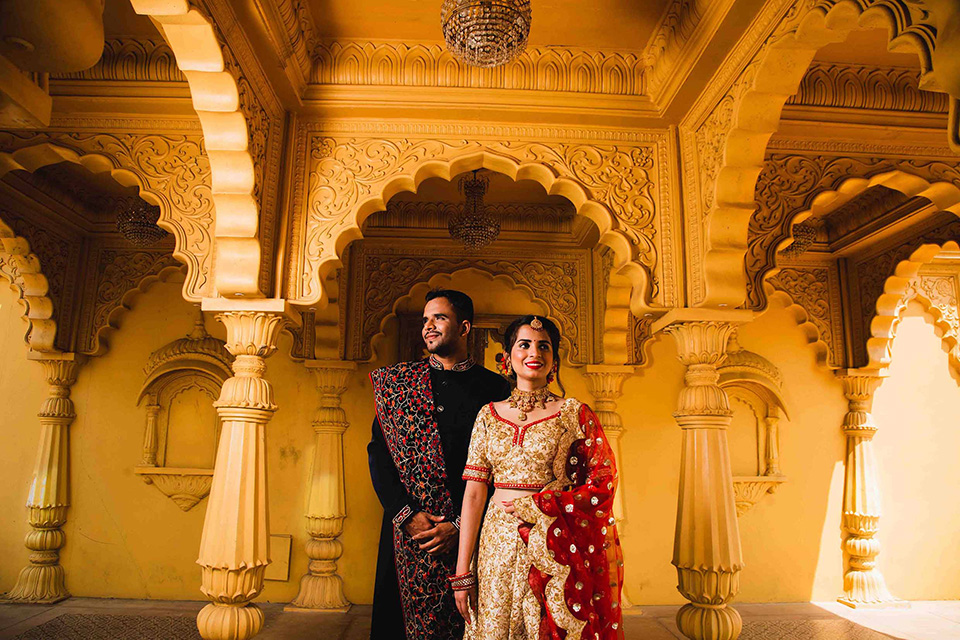
4. Emphasizing the Details wedding photography
wedding photography are full of beautiful details, and a great wedding photography knows how to highlight these. Focus on capturing the little things that make the wedding unique, such as:
- The bride’s dress, shoes, and accessories
- The wedding rings
- The floral arrangements and bouquets
- The table settings and decorations
- The cake and dessert table
- Personalized elements (e.g., handwritten vows, signage)
These details add layers to the wedding story and create a comprehensive visual narrative of the day. Taking time to photograph these moments ensures that every aspect of the celebration is remembered.
5. Post-Wedding Editing and Delivery wedding photography
After the wedding, the wedding photography work isn’t over. The post-production phase is where the raw images are refined to create the final product. The best way to approach editing and delivery is:
a. Editing with Care wedding photography
wedding photography The editing process is crucial for enhancing the photos while keeping them true to the couple’s vision. Skilled photographers will adjust exposure, color balance, and lighting to create images that feel natural but polished. Many wedding photography also offer black-and-white versions of select photos for a timeless touch.
b. Timely Delivery wedding photography
Couples are eager to see their wedding photos, so timely delivery is essential. Depending on the package, photographers may provide a digital gallery within a few weeks to a couple of months. wedding photography Some photographers also offer beautifully crafted wedding albums, which can serve as a physical representation of the couple’s special day.
c. The Wedding Album wedding photography
In addition to digital galleries, many couples choose to invest in a wedding album that showcases the best photos from the day. wedding photography A high-quality, professionally designed album is a beautiful way to relive the wedding day and share the memories with future generations.
6. Tips for Couples to Get the Best Photos wedding photography
While the wedding photography plays the key role in capturing great wedding photos, couples can also take steps to ensure the best results:
- Be Relaxed and Natural: wedding photography The more relaxed you are, the more natural and authentic your photos will be. Trust your photographer and enjoy the moments as they come.
- Communicate Your Preferences: If you have specific ideas for your wedding photos, communicate these with your photographer. Share any inspiration you have, but also be open to their creative suggestions.
- Be Prepared for Group Photos: wedding photography Organize your family and bridal party for group shots, so you don’t waste time during the session. Ensure everyone is present and ready.
- Take Care of Your Appearance: While your wedding photography will do their best to capture the beauty of the day, paying attention to your attire, hair, and makeup can help you look your best in photos.

Conclusion: The Art of Preserving Wedding Memories wedding photography
wedding photography is more than just a collection of images; it’s about telling a story that you’ll treasure for a lifetime. wedding photography The title and style you choose will play a significant role in how those memories are preserved. wedding photography Whether you lean toward classic, documentary, fine art, or another style, the key is to find a wedding photography whose vision aligns with your own.
By understanding the various styles of wedding photography and knowing what works best for you, you’ll be able to select the right wedding photography who can immortalize your big day in a way that reflects your personality and your love story.
wedding photography has seen a number of trends emerge over the years. In recent times, some of the most prominent trends include:
- Drone Photography: Aerial shots captured by drones are becoming more popular in wedding photography. Drones provide a unique perspective and allow photographers to capture wide-angle shots of the ceremony and reception from above.
- Film Photography: While digital wedding photography dominates the wedding industry, some photographers are returning to analog film to create a more nostalgic and organic feel to their images.
- Elopement Photography: With the rise in couples opting for intimate weddings or elopements, photographers are adapting their style to capture the unique and personal nature of these smaller weddings.
- Cinematic Wedding Videos: Many wedding photography are now offering cinematic wedding video services, which blend filmmaking techniques with traditional wedding photography to produce a compelling video that tells the couple’s story.

